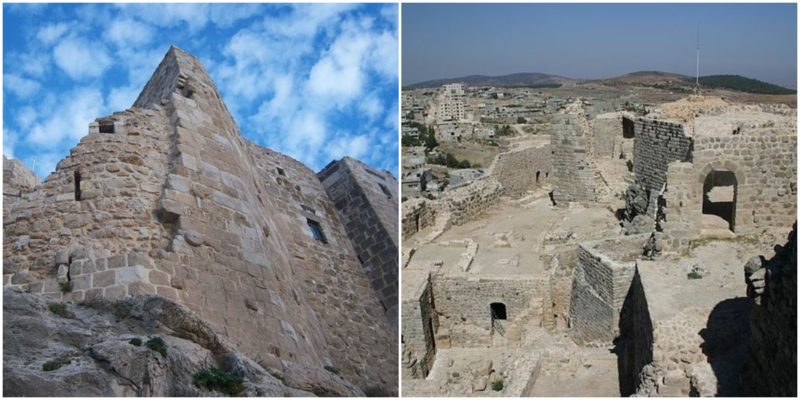Masyaf Castle was one of the many strongholds of the legendary Hashshashins (Assassins). During the medieval period the warriors of this Islamic sect, officially known as the Nizari Ismailis, brought fear on three continents. Many rulers were frightened just at the mention of their name and they tried to avoid conflicts with them at any cost.
Throughout the centuries many stories and legends were made about the Hashshashins and their fanaticism, in which the unconventional methods that they used during their cruel actions are described. Although there are many exaggerations in the stories, like that they were phantoms, immortal or invisible, there are also many facts that confirm their abilities.
However these warriors weren’t supernatural beings–only humans who were trained killers with advanced skills and tactics for infiltrating, sabotage, and spreading mass hysteria.
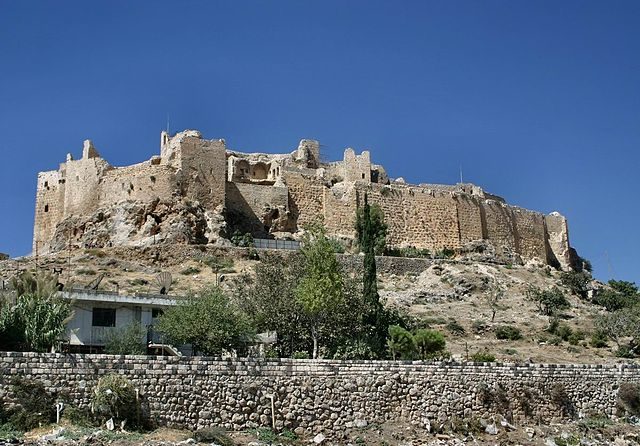
The sect was established at the end of the 11th century in Persia by Hassan-i Sabbah. He was a follower of the esoteric principles and religious teachings of Isma’ilism, a branch of Shia Islam.
The followers of this sect were persecuted by the rulers of the Seljuk Empire, who were Sunni Muslims. After being thrown out from the Persian court, he successfully escaped from the Sunni Seljuk oppression by hiding in the isolated mountain region of Northern and Eastern Persia (now Iran), which was predominately inhabited by Ismaili Shia, where he formed the Hashshashin group.
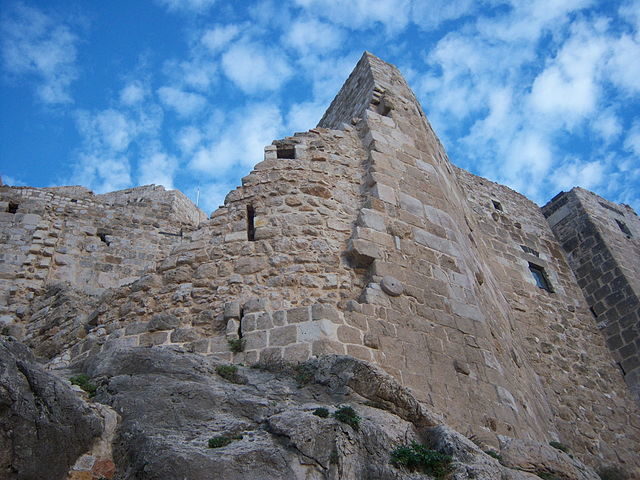
Armed with wisdom and hypnotic leadership, Hassan-i Sabbah convinced many locals to start a silent rebellion against the Seljuk Empire. Very soon they became a real threat for the empire. His successors continued his work and the Hashshashins became a serious regional power.
Their strategy and tactics were plain and simple: to capture as many mountain fortresses as possible by using minimum force and with minimum losses. In some way it was a subtle and psychological warfare. They didn’t enter often in open battles, instead they killed their enemies through ingenious assassinations.
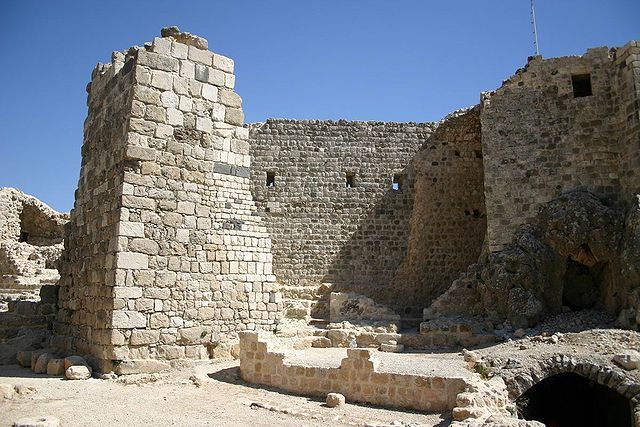
Masyaf Castle, which looks more like a fortress, was the Hashshashin’s main headquarters in Syria. According to archaeological discoveries and historical documents, the fortification was erected during the Byzantine Empire.
The site had been considered strategically important since the Seleucid and Roman periods because it provided a great panoramic view over the village of Masyaf and the surrounding area, and thus was perfect for controlling the important trade routes that crossed through the region. The Crusaders captured the fortress in 1103, but they couldn’t maintain it logistically because it was too far away from their main coastal fortress.
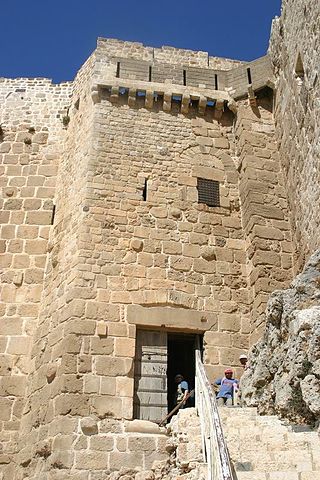
The Hashshashins first took control over Masyaf Castle in 1141. The castle became their significant center, especially while under the rule of Rashid al-Din Sinan (the Old Man of the Mountains) who was a trained Hashshashin warrior and leader of the Syrian branch of the sect. In Syria they also controlled another 8 fortresses. Masyaf functioned as capital of the Nizari Ismaili state from the middle of the 12th century (when the castle was reconstructed) until the late 13th century.
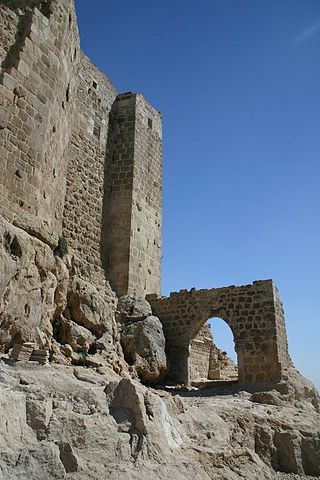
Despite the fact that the Hashshashins didn’t have their own army, they shook the ground of much bigger powers and hit the dominion of larger kingdoms in the Middle East by their successful assassinations and attacks on important leaders. Many neighboring rulers felt the danger from the rising power of the sect on their own skin, like the King of Jerusalem, Conrad of Montferrat, who was killed by two Hashshashin in 1192. As might be expected, Masyaf became a prime target for the courageous rulers who tried to confront and defeat the Hashshashins. One of them was Saladin (Salah al-Din), the founder of the Ayyubid dynasty and the first Sultan of Egypt and Syria, who attacked the castle in order to kill Sinan.
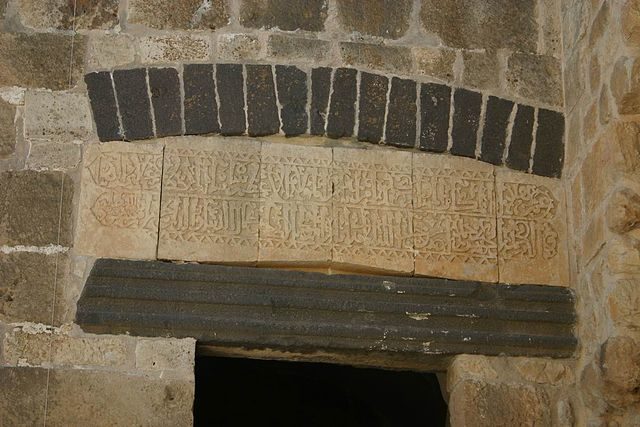
But his attempt to capture the castle in 1176 failed. According the story, while he was sleeping beneath the walls of Masyaf, an Hashshashin agent silently entered his tent, leaving a poisoned piece of cake or bread with a poisoned knife and warning note. The threat worked–the great Saladin was so scared, he packed up his camp, withdrew the army and immediately made peace with Sinan and the Hashshashins. But they weren’t invincible. In 1260 Masyaf and three other Hashshashin strongholds fell during the Mongol invasion. The Mongols were only present in the area for a short while because they were expelled by the Mameluke forces (with the help of the Hashshashins) at the battle of ‘Ayn Jalut a few months later. The Hashshashins returned to the castle and held it for the next ten years. In 1270, Sultan Baybars and his Mameluke army took control over the stronghold.
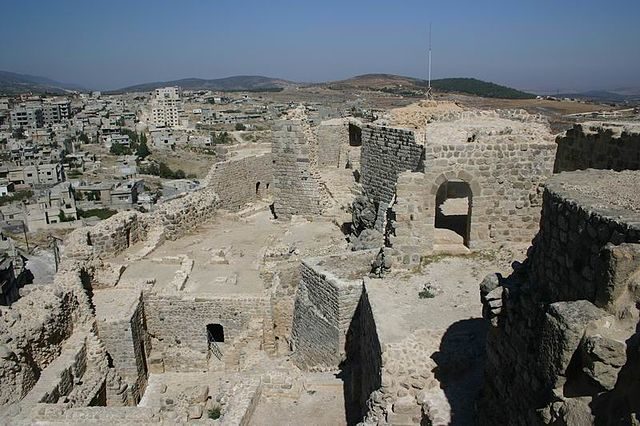
Now the partly ruined castle is an historical monument. Detailed archaeological excavations and a huge conservation project were started 18 years ago. Some parts of the castle were preserved and restored in order to be saved from crumbling and to be protected for future generations. Among the discoveries made during the excavations is a secret tunnel that probably served as an escape passage, and a system of channels and cisterns (placed in the lowest part of the castle), that were used for collecting rain water. A bathhouse, and various coins and ceramics have also been uncovered. All of the discoveries suggest that the fortification was designed to cope with prolonged periods of siege by enemy forces.
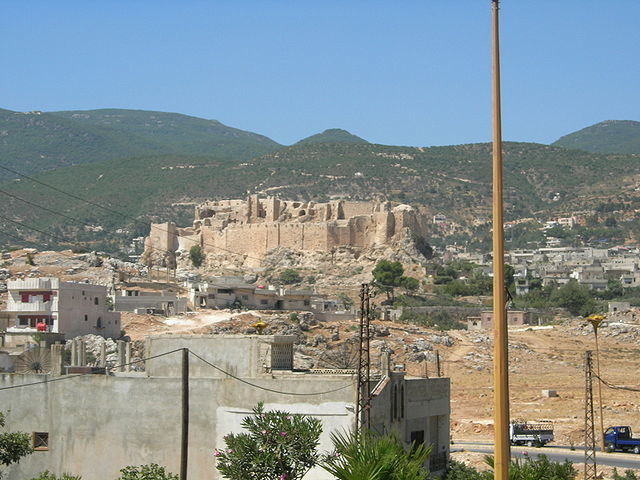
The castle is an inseparable part of the old district of the town of Masyaf. It is and one of the best preserved fortresses in Syria and probably one of the town’s main attractions. The town of Masyaf is located in the coastal mountain range (an-Nusayriyah Mountains) of western Syria, approximately 28 miles west of the city of Hama.
